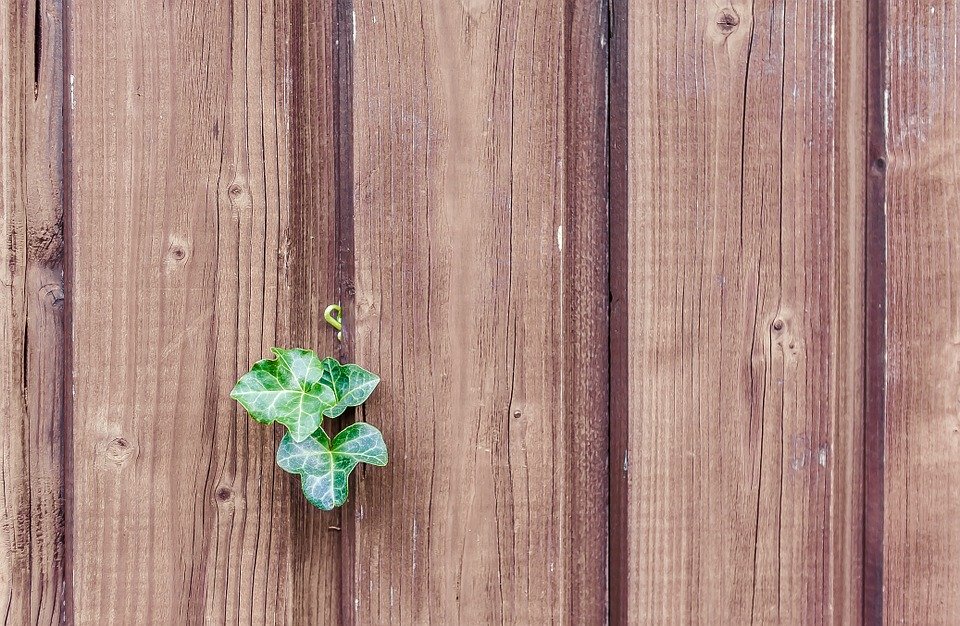Table of Contents
When you first install wooden fencing around your property line, there’s no doubt it looks fabulous. Fencing is a great way to add visual interest to your yard, while serving a practical function. And while it may look amazing and sleek at first, if you don’t take the proper steps to protect it, you’ll be shaving years off its lifespan. Before you know it, the fence will be showing signs of wear and tear, damage, and age, requiring you to replace sections or even the full fence well before you had anticipate

So, what’s the best way to protect your wooden fence? Here are some key steps you can take.
Watch for Signs of Pests
One of the most destructive things you’ll deal with is pests, and pests can do a real number on wooden fencing. Some of the most common pests are carpenter bees, horntail wasps, carpenter ants, termites, wood-boring beetles and more like this. Each of these can literally eat away at the integrity of the fence and decrease its lifespan.
You want to be on the lookout for the first signs of pest infestation so that you can eliminate the problem immediately. Also, if a point comes where you need to replace your wooden fence, it might be wise to look into other materials that hold up better.
Give the Fence a Good Cleaning
If you’re under the impression that the rain does a good enough job cleaning your fence, it’s time to think again. Instead, invest in a good quality power washer that can give it a deep cleaning. Just be sure to stand at least 18 inches away from the fence, and look for something that offers 1,500-2,000 PSI of water.
Don’t Place Your Plants Right Against the Fence
While you may think it looks great to have your garden bordering the fence with the plants right up against the wood, the problem is that this can cause moisture to build up on the fence and then lead to rotting. If the plants weren’t originally touching the fence but have now gotten bigger and are hitting it, you can always trim them back and allow that extra space.
Apply a Stain or Seal to the Fence
This is perhaps one of the most essential steps you can take in terms of protecting the fence. By using a water-repellent sealant, you will be making sure that the rain or moisture can’t seep into the wood and cause rot and decay. It’s also a great opportunity to add as sense of design to your yard by choosing a stain that really speaks to you and complements your home.
Don’t Let the Sprinkler Hit the Fence
Again, it comes down to water damage and what it does to wood. When you turn on the backyard sprinkler, be sure not to let it hit the wooden fence.
Preserving the Fence the Best You Can
Each of these tips will ensure that you’re able to preserve the wooden fence for many years to come and not replace it earlier than you may have thought.







